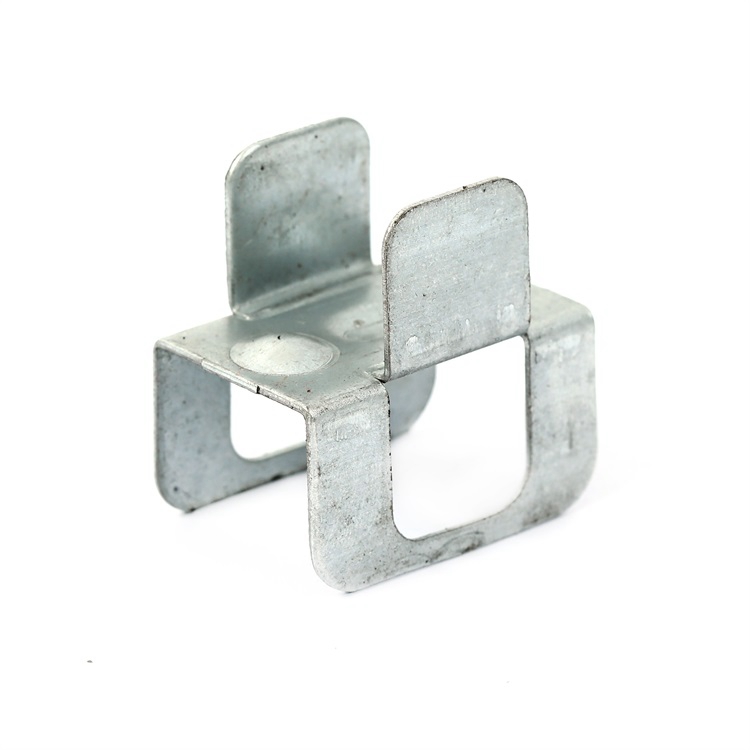Selection Guide for Standard 60d Common Nails for Construction and DIY Projects
Understanding 60D Common Nails Specifications and Applications
Nails are fundamental fasteners in construction and woodworking, serving a crucial role in holding materials together. Among the multitude of nails available, the 60D common nail stands out due to its specific dimensions and versatile applications. This article will explore the characteristics, manufacturing process, uses, and advantages of 60D common nails.
What is a 60D Common Nail?
The designation 60D refers to the size and weight classification of the nail. The D stands for penny, a term that dates back to medieval England when nails were sold by weight in pennies. The number preceding the D indicates the length of the nail. A 60D common nail measures approximately 6 inches in length and has a diameter of about 0.134 inches, making it relatively robust compared to smaller nails.
Common nails, defined by their flat heads, are typically made from steel or iron. The surface is often coated to prevent rusting and improve durability when used in outdoor applications. The coating can be galvanization, epoxy, or other weather-resistant finishes that enhance the lifespan of the nails in various environmental conditions.
Manufacturing Process
The production of 60D common nails begins with raw materials, primarily steel wire. The wire is drawn to the desired thickness and then cut to the appropriate length. Next, the nails undergo a process of heading, where a machine presses the end of each cut piece to form the flat head. After heading, the nails are pointed to facilitate easy penetration into wood, making the installation process more efficient.
Once shaped, the nails may be coated to increase corrosion resistance. Galvanization, a popular method, involves dipping the nails in molten zinc to create a protective layer. This process ensures that the nails can withstand exposure to moisture without degrading.
Finally, the nails are sorted, packed, and shipped to retailers or directly to construction sites. The manufacturing standards for nails, including the 60D common nail, are regulated to ensure quality and consistency, which is crucial in maintaining structural integrity in construction.
Applications of 60D Common Nails
60D common nails are widely used in various construction and woodworking projects. Their length and strength make them ideal for
60d common nails

1. Framing In residential construction, 60D nails are often employed for framing walls and securing joists. Their long length provides robust holding power needed to support the weight of the structure.
2. Decking These nails are suitable for various outdoor applications, including decking and fencing, where durability and resistance to the elements are essential.
3. Roofing The nails can be used for attaching roofing materials, providing secure fastening against wind and weather.
4. Furniture and Cabinetry Woodworkers may use 60D common nails in constructing larger furniture pieces that require strong joints.
5. Repairs For homeowners, 60D nails are handy for repairing wooden structures, ensuring the longevity of projects and safeguarding against deterioration.
Advantages of Using 60D Common Nails
One of the significant advantages of 60D common nails is their strength. Designed to hold significant weight, these nails are less likely to bend or snap during installation, making them a reliable choice for various applications. Moreover, the long length allows for better anchoring into materials, providing excellent structural support.
The versatility of 60D common nails cannot be overstated. Their ability to be used in multiple settings—both indoor and outdoor—makes them a staple in many toolboxes and construction sites. Furthermore, the economical cost of these nails makes them an attractive option for large-scale projects, allowing builders to remain within budget while ensuring strong connections.
Conclusion
In summary, the 60D common nail is an essential component in the toolkit of builders, carpenters, and DIY enthusiasts alike. With its robust construction, versatility, and reliable performance, this nail type plays a crucial role in a wide range of applications. Understanding the specifications and proper uses of 60D common nails can lead to more effective and lasting construction outcomes. Whether framing a home, building a deck, or crafting furniture, these nails are indispensable for achieving durable and reliable results.
-
The Ultimate Guide to Premium Quality Field Fence Solutions
NewsAug.12,2025
-
The Essential Guide to Premium Square Wire Mesh Solutions
NewsAug.12,2025
-
The Essential Guide to Hexagonal Wire Netting Farm Fencing
NewsAug.12,2025
-
Premium Continuous Deck Rail Slab Bolster Solutions
NewsAug.12,2025
-
High-Performance Aluminum Tie Wire Reel for Construction Applications
NewsAug.12,2025
-
Crafted Premium Galvanized Hexagonal Gabion Wire Mesh Solutions
NewsAug.12,2025














